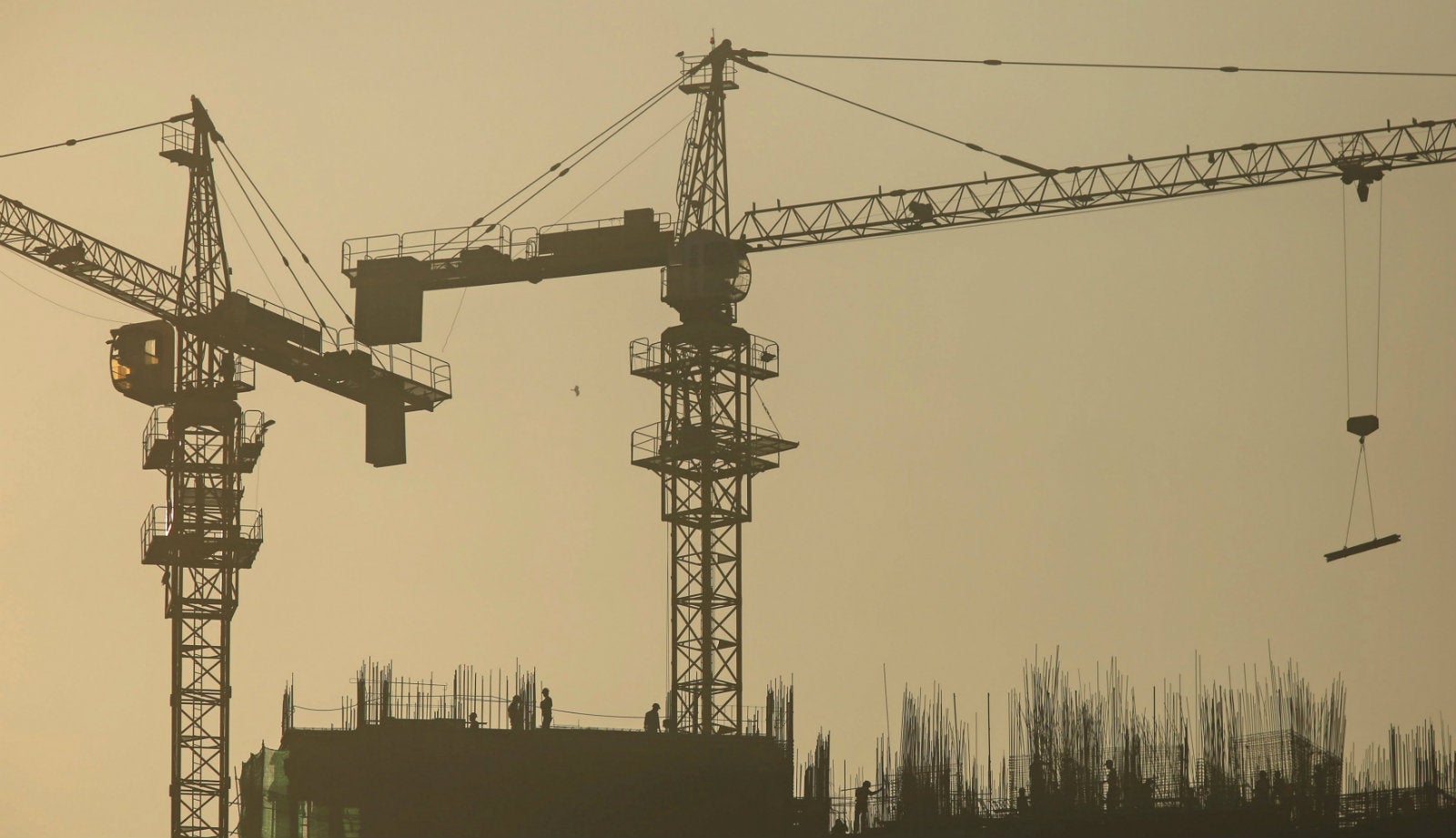Why India’s GDP numbers need to be taken with a generous helping of salt
India’s economy grew at 7.3% during the third quarter (October-December) of fiscal 2016, but not everyone is convinced that this number reflects the on-ground situation.


India’s economy grew at 7.3% during the third quarter (October-December) of fiscal 2016, but not everyone is convinced that this number reflects the on-ground situation.
The main reason for skepticism is the GDP calculation method, introduced in January 2015. Even the Reserve Bank of India (RBI) is now looking at various other economic indicators to understand Asia’s third-largest economy better.
“The data looks difficult to correlate,” Shubhada Rao, chief economist at YES Bank, told Reuters after the GDP numbers were released on Feb. 08.
Foreign brokerages, too, have mentioned a possible slowdown. ”The economic recovery, which began in the fourth quarter of 2014, is headed into a consolidation zone in the second quarter of 2016,” Nomura, a Japanese brokerage, said in a report.
Here are some key economic indicators that show all is not well, despite the strong GDP numbers.
Industrial activity
Activity in core sectors such as steel, cement, and power is still sluggish.
The steel industry, in particular, has seen negative growth in the last few months. In January, Sajjan Jindal, chairman and managing director of JSW Steel, one of India’s major steel maker, dramatically warned that unless the government helps it, the steel industry “will die.”
These three sectors are at the heart of infrastructural activity, a barometer for the robustness of any economy.
Exports
Merchandise exports, once the country’s strength, continue on its dismal trajectory, falling for the 13th straight month in December.
India’s ambitious target of reaching $900 billion of exports by 2020 now looks increasingly out of reach.
Manufacturing
A lull in domestic demand is also taking a toll on manufacturing. Prime minister Narendra Modi is trying hard to get global firms to set up facilities in the country with his “Make in India” campaign. It hasn’t helped much.
“India’s manufacturing sector took a turn for the worse at the year-end, with the already gloomy internal demand further hampered by floods in the south of the country,” Pollyanna De Lima, an economist at Markit, said in January.
In July 2015, the Nikkei manufacturing PMI was above the 52 level. An index level of above 50 shows expansion in activity.
Rail freight traffic
Freight activity—the transport of goods—has seen negative growth from October to December, according to data from Nomura, an indicator of slowing business and trading activity in the country.
Capacity utilisation
The RBI holds a survey of order books, inventories, and capacity utilisations (OBICUS) every quarter. The latest data (pdf) is available for the second quarter of 2016. According to this survey, in which 1,104 manufacturing firms participated, capacity utilisation—a measure of output of an installed facility—among Indian factories was still low, and falling. A 100% capacity utilisation is the optimum.
New orders
RBI’s OBICUS also showed that growth in manufacturing firms’ new orders was also shrinking. This typically means there isn’t enough new business.